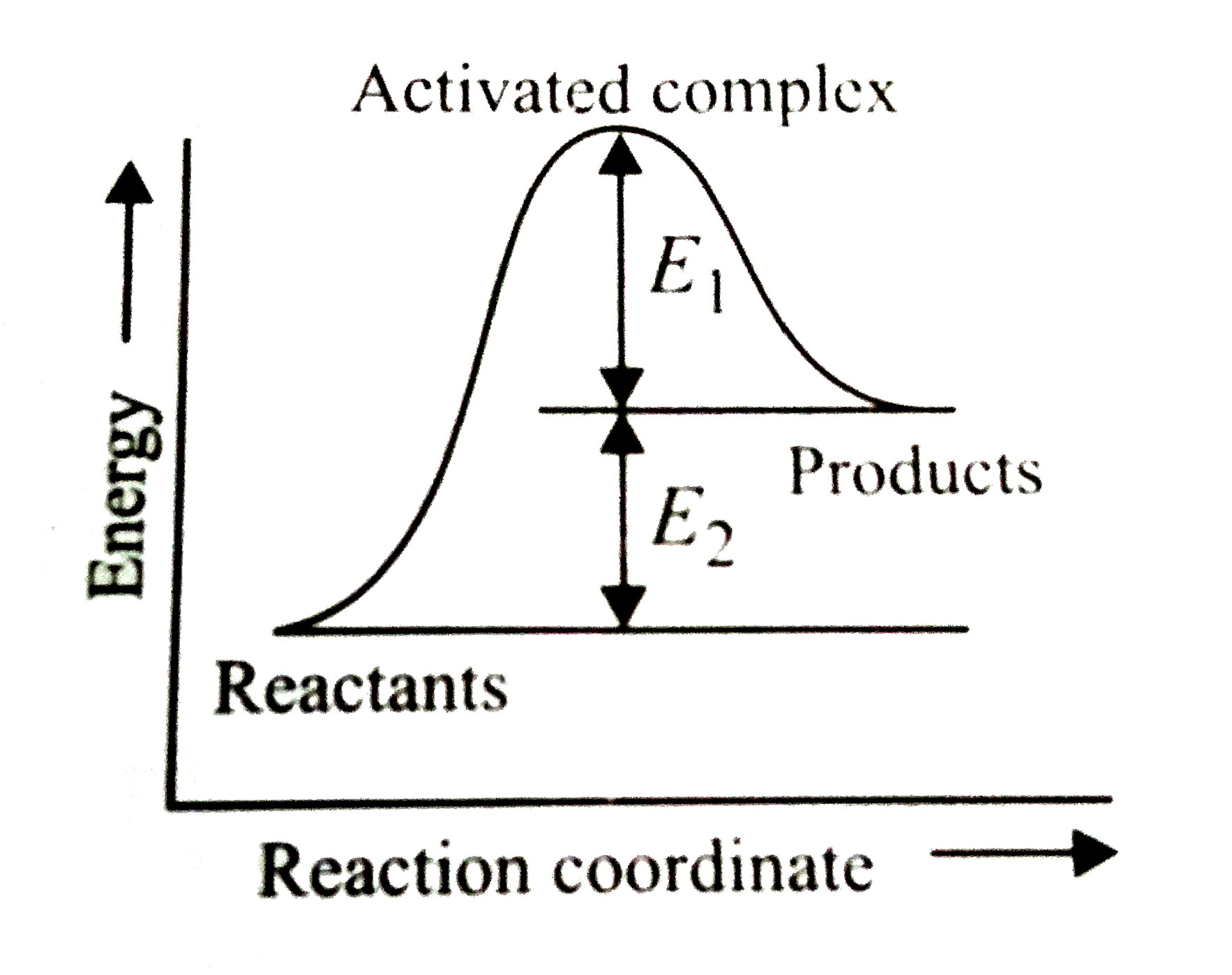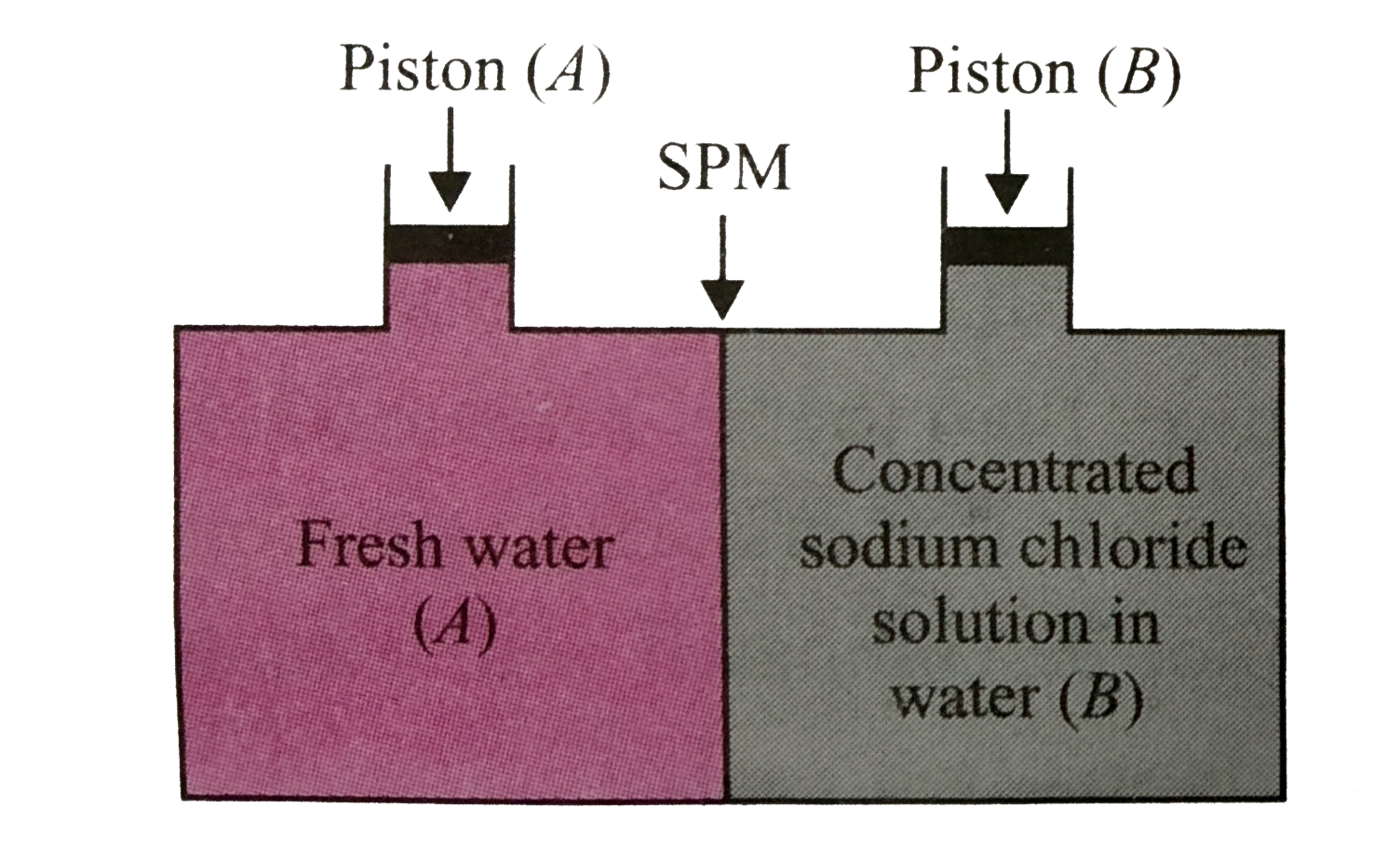Consider the Arrhenius equation given below and mark the correct option.
k=Ae−EaRT
Rate constant increases exponentially with increasing activation energy and decreasing temperature
Rate constant decreases exponentially with increasing activation energy and decreasing temperrature
Rate constant increases exponentially with decreasing activation energy and decreasing temperature
Rate constant increases exponentially with decreasing activation energy and increasing temperature
The correct Answer is:D
k=A e−Ea/RT. As Ea increases, −Ea/RT decreases and so does k or conversely as Ea decreases, k will increase exponentially. As T increases, Ea/RT decreases or −Ea/RT increases and so does k.
Topper's Solved these Questions
- BOOK - PRADEEPCHAPTER - CHEMICAL KINETICSEXERCISE - NCERT EXEMPLAR PROBLEMS WITH ANSWERS, HINTS AND SOLUTTIONS (MULTIPLE CHOICE QUESTIONS-II)12videos
CHEMICAL KINETICS
- BOOK - PRADEEPCHAPTER - CHEMICAL KINETICSEXERCISE - NCERT EXEMPLAR PROBLEMS WITH ANSWERS, HINTS AND SOLUTTIONS (SHORT ANSWER QUESTIONS)20videos
CHEMICAL KINETICS
- BOOK - PRADEEPCHAPTER - CHEMICAL KINETICSEXERCISE - NCERT EXERCISES30videos
CHEMICAL KINETICS
- BOOK - PRADEEPCHAPTER - BIOMOLECULES EXERCISE - IMPORTANT QUESTIONS (FOR BOARD EXAMINATION)25videos
BIOMOLECULES
- BOOK - PRADEEPCHAPTER - CHEMISTRY IN EVERYDAY LIFE EXERCISE - IMPORTANT QUESTION FOR BOARD EXAMINATION30videos
CHEMISTRY IN EVERYDAY LIFE
Similar Questions
Knowledge Check
- Question 1 - Select One
Consider the Arrhenius equation given below and mark the correct option.
k=Ae−EaRTARate constant increases exponentially with increasing activation energy and decreasing temperatureBRate constant decreases exponentially with increasing activation energy and decreasing temperratureCRate constant increases exponentially with decreasing activation energy and decreasing temperatureDRate constant increases exponentially with decreasing activation energy and increasing temperature - Question 2 - Select One
Consider figure and mark the correct option
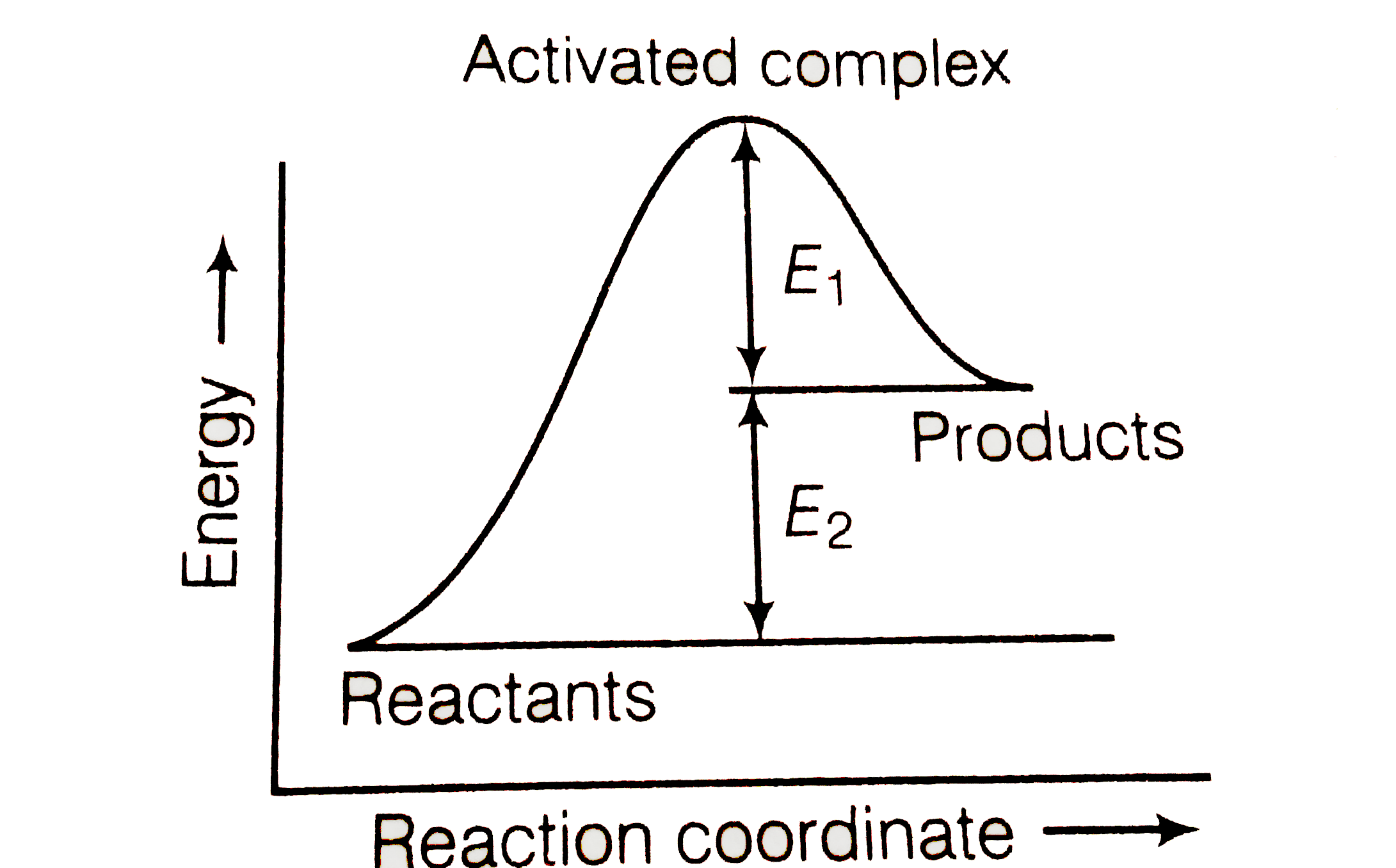 AActivation energy of forward reaction is E1+E2 and product is less stable than reactant .BActivation energy of forward reaction is E1+E2 and product is more stable than reactant.CActivation energy of both forward and backward reaction is E1+E2 and reactant is more stable than productDActivation energy
AActivation energy of forward reaction is E1+E2 and product is less stable than reactant .BActivation energy of forward reaction is E1+E2 and product is more stable than reactant.CActivation energy of both forward and backward reaction is E1+E2 and reactant is more stable than productDActivation energy - Question 3 - Select One
Consider the Fig.
 and mark the correct option. Awater will move from side (A) to side (B) if a pressure lower than osmotic pressure is applied on piston (B).Bwater will move from side (B) to side (A) if a pressure greater than osmotic pressure is applied on piston (B).Cwater will move from side (B) to side (A) if a pressure equal to osmotic pressure is applied on piston (B).Dwater will move from side (A) to side (B) if pressure equal to osmotic pressure is applied on piston (A).
and mark the correct option. Awater will move from side (A) to side (B) if a pressure lower than osmotic pressure is applied on piston (B).Bwater will move from side (B) to side (A) if a pressure greater than osmotic pressure is applied on piston (B).Cwater will move from side (B) to side (A) if a pressure equal to osmotic pressure is applied on piston (B).Dwater will move from side (A) to side (B) if pressure equal to osmotic pressure is applied on piston (A).
On the basis of info0rmation given below mark the correct option.
View SolutionConsider the given figure and mark the correct option.
View SolutionConsider the figure and mark the correct option.
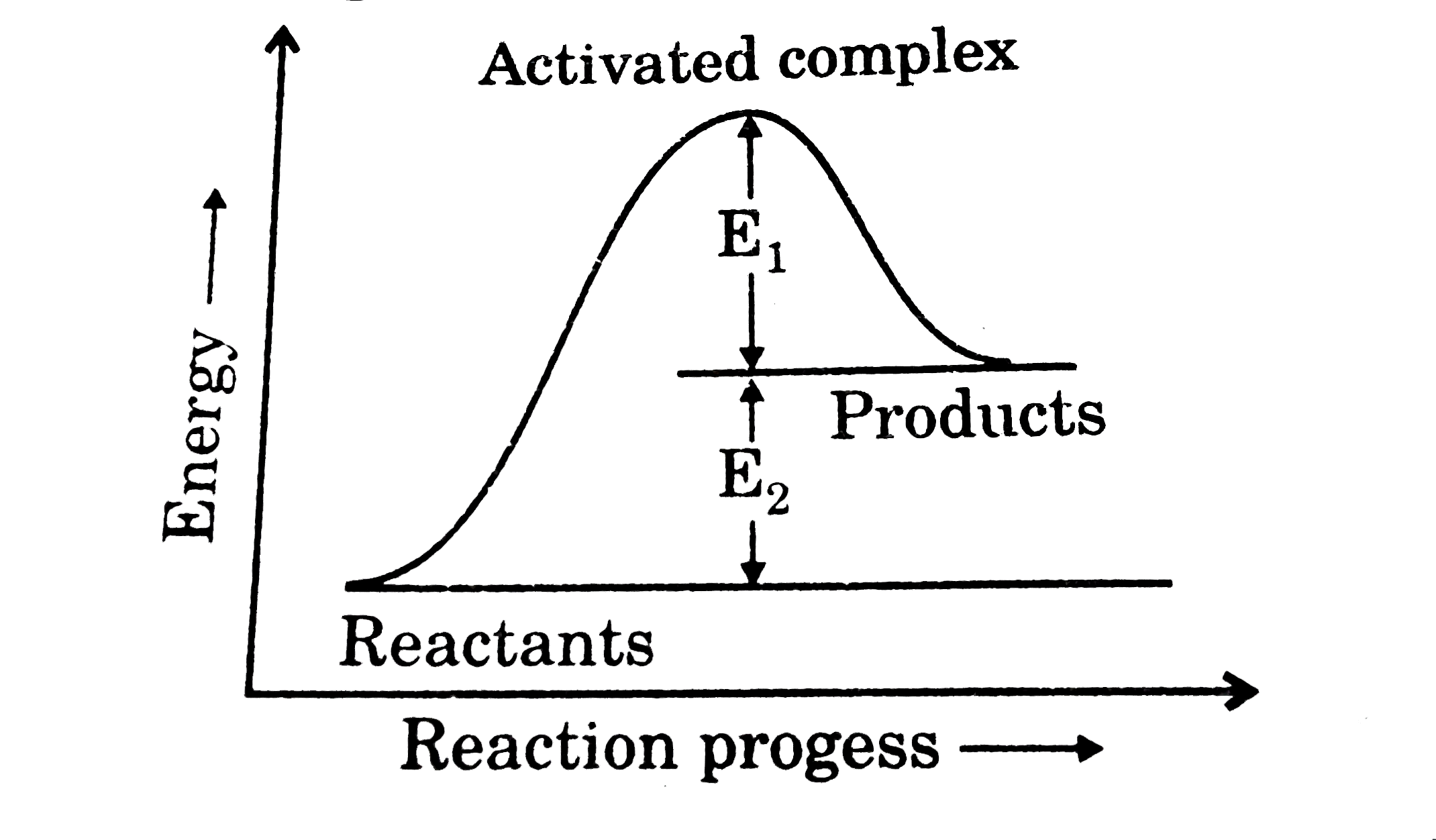 View Solution
View SolutionConsider the figure and mark the correct option.
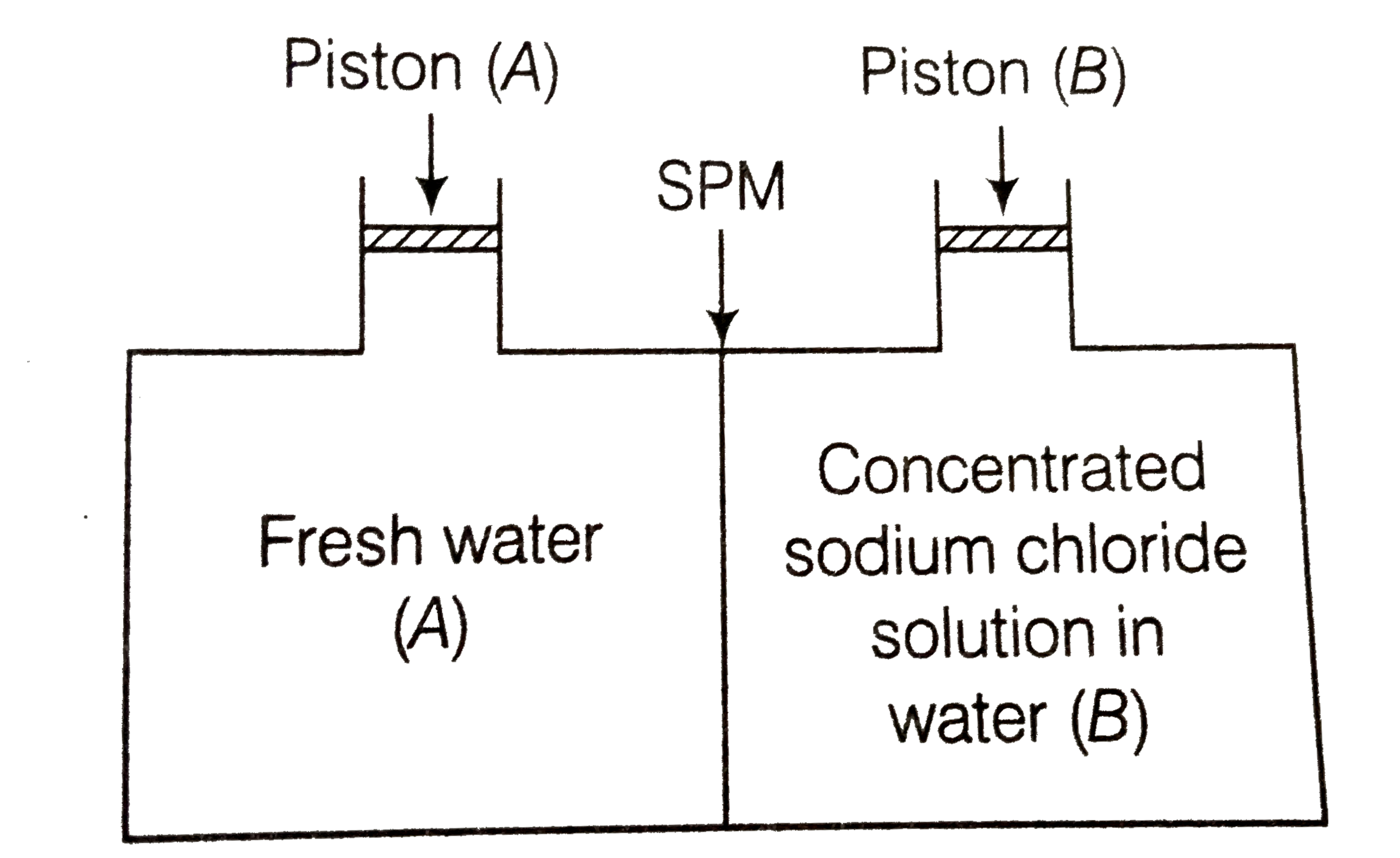 View Solution
View SolutionConsider the figure and mark the correct option
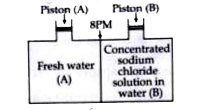 View Solution
View Solution


